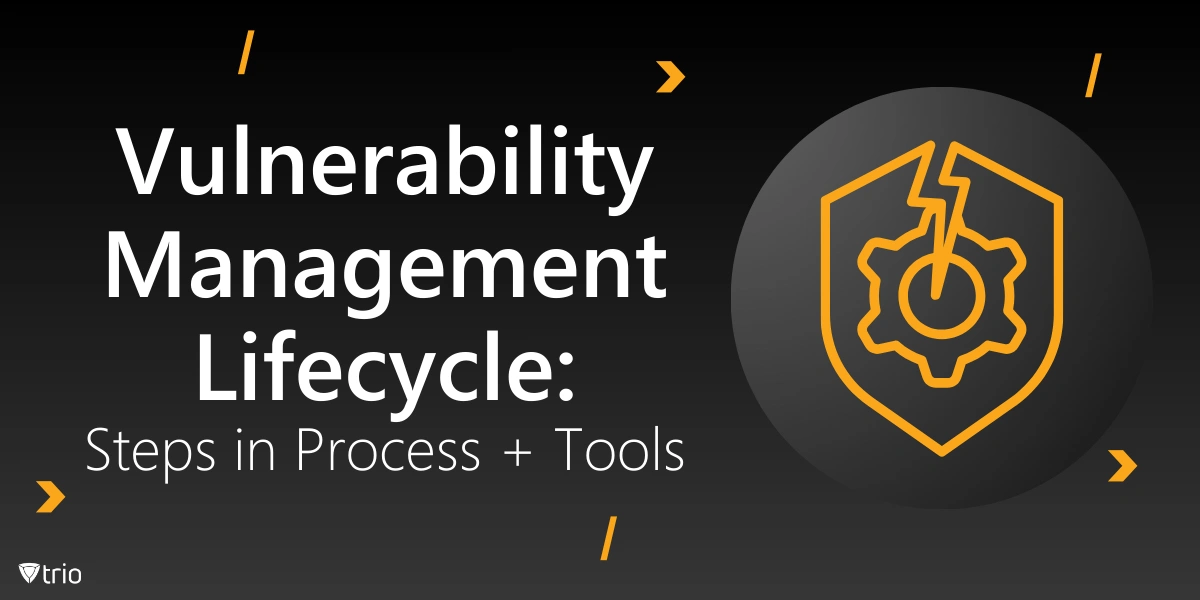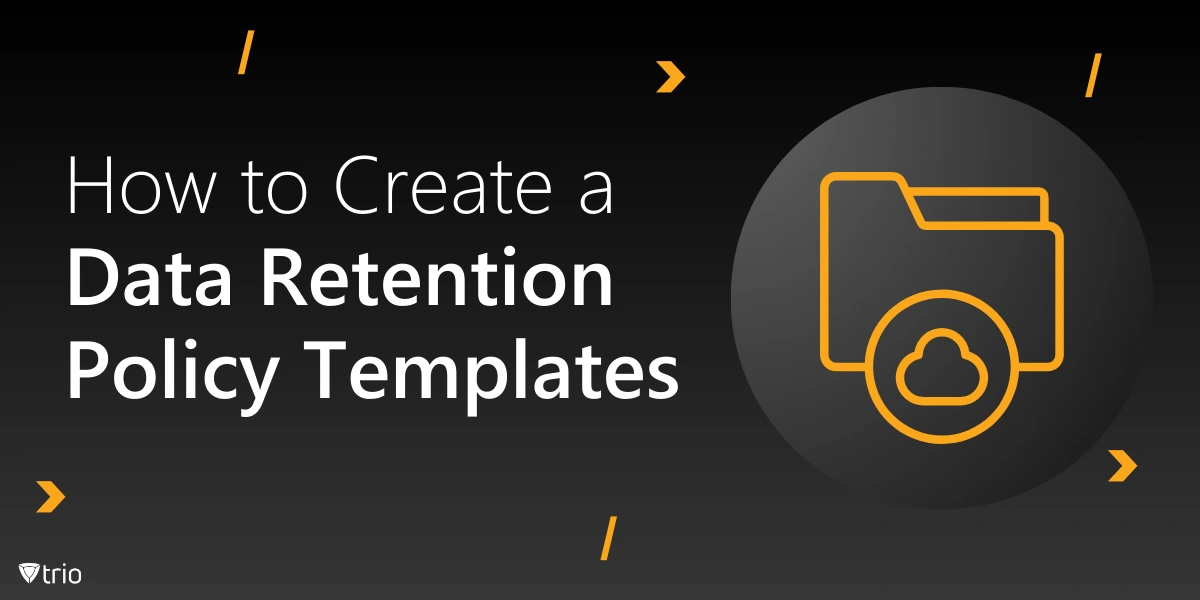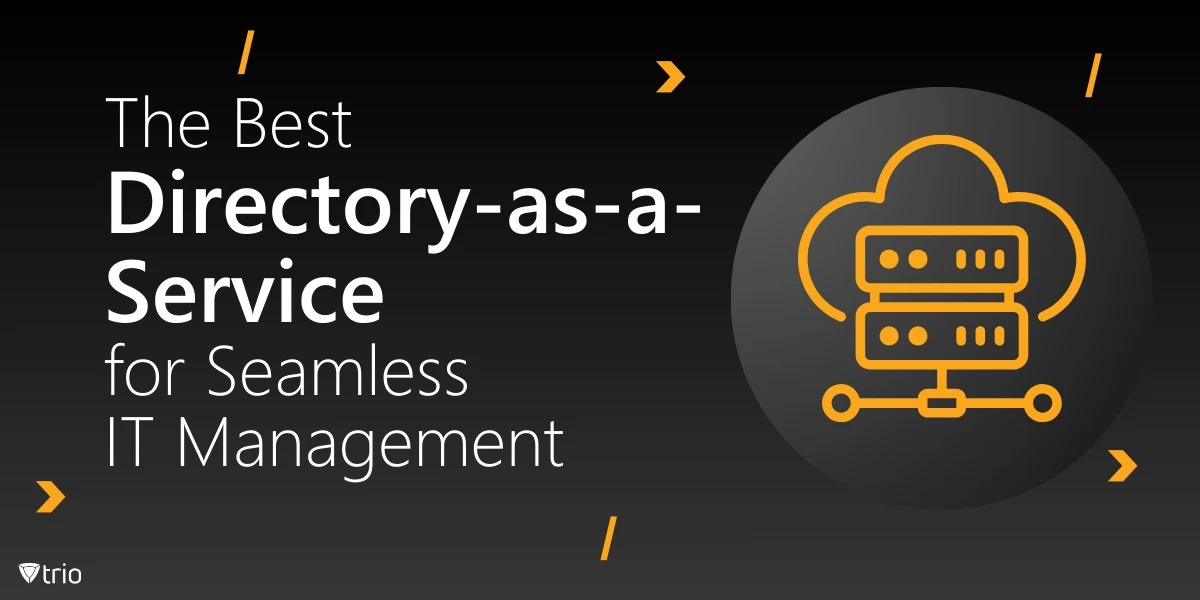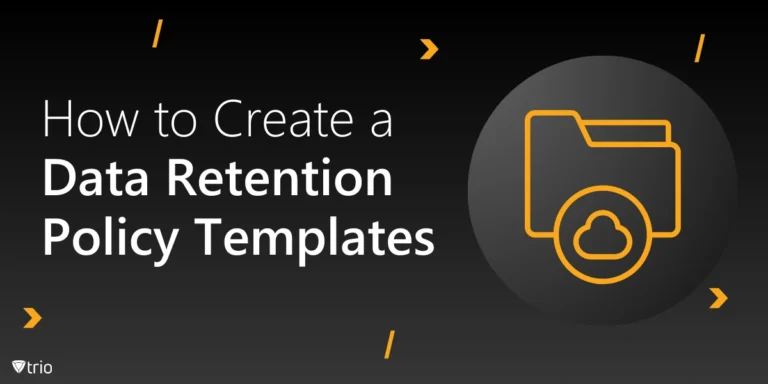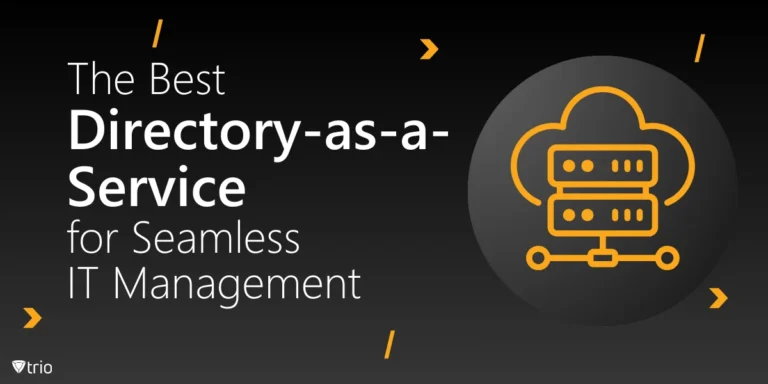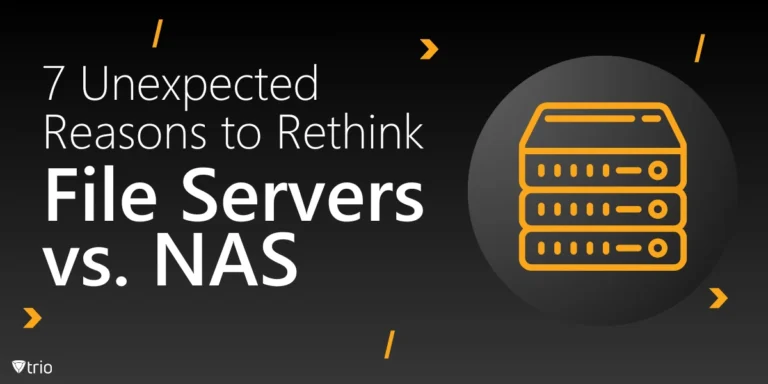As technology advances, so do the tactics employed by malicious actors seeking to exploit vulnerabilities in systems, networks, and applications. To combat these threats effectively, businesses must adopt a proactive approach to identifying and addressing potential weaknesses in their IT infrastructure. For this purpose, the vulnerability management lifecycle proves essential.
The vulnerability management lifecycle is a comprehensive, cyclical process designed to systematically identify, assess, prioritize, and remediate security vulnerabilities across an organization’s digital assets. By implementing this structured approach, companies can significantly enhance their overall security posture, reduce the risk of successful cyber attacks, and ensure the ongoing protection of sensitive data and critical systems.
In this extensive guide, we will give numerous vulnerability management lifecycle examples, exploring this system’s key components, best practices, and the tools available to support this crucial cybersecurity process. Whether you’re a seasoned IT professional or new to the world of information security, this article will provide valuable insights to help you navigate the complex landscape of vulnerability management and fortify your organization’s defenses against potential threats.
Understanding Vulnerability Management
Vulnerability management is a critical component of any robust cybersecurity strategy. It encompasses a set of processes and practices aimed at identifying, evaluating, and addressing security weaknesses within an organization’s IT infrastructure. By proactively managing vulnerabilities, businesses can significantly reduce their exposure to potential cyber threats and minimize the risk of data breaches, system compromises, and other security incidents.
Defining Vulnerability Management
At its core, vulnerability management is the systematic approach to discovering, assessing, and mitigating security vulnerabilities across an organization’s digital assets. This includes hardware, software, networks, and applications. The primary goal of vulnerability management is to identify and address potential weaknesses before they can be exploited by malicious actors, thereby enhancing the overall security posture of the organization.
The Importance of Vulnerability Management in Cybersecurity
The importance of effective vulnerability management cannot be overstated. As cyber threats continue to evolve and grow in sophistication, organizations must remain vigilant in identifying and addressing potential weaknesses in their IT infrastructure. Here are some key reasons why vulnerability management is crucial in modern cybersecurity:
Proactive threat prevention: By actively searching for and addressing vulnerabilities, organizations can prevent potential attacks before they occur, rather than reacting to security incidents after the fact.
Compliance requirements: Many industry regulations and standards, such as GDPR, HIPAA, and PCI DSS, mandate regular vulnerability assessments and remediation efforts as part of their compliance requirements.
Risk reduction: Effective vulnerability management helps organizations identify and prioritize their most critical risks, allowing them to allocate resources more efficiently and reduce their overall exposure to potential threats.
Cost savings: Addressing vulnerabilities proactively is often less expensive than dealing with the aftermath of a successful cyber attack, which can result in significant financial losses, reputational damage, and legal consequences.
Continuous improvement: The cyclical nature of vulnerability management promotes ongoing improvement of an organization’s security posture, ensuring that defenses remain up-to-date and effective against emerging threats.
The Vulnerability Management Lifecycle: An Overview
The vulnerability management lifecycle system is a structured, iterative process designed to help organizations systematically identify, assess, and address security vulnerabilities within their IT infrastructure. This comprehensive approach ensures that potential weaknesses are continuously monitored, evaluated, and remediated to maintain a strong security posture. Let’s explore the key stages of the vulnerability management lifecycle and how they work together to create a robust security framework.

Stage 1: Asset Discovery and Inventory
The first step in the vulnerability management lifecycle is to develop a comprehensive understanding of the organization’s digital assets. This involves:
- Identifying all hardware, software, and network components within the IT environment
- Cataloging and categorizing assets based on their criticality and potential impact on business operations
- Maintaining an up-to-date inventory of all assets, including their configurations and dependencies
By establishing a clear picture of the organization’s digital landscape, security teams can ensure that no potential vulnerabilities are overlooked during subsequent stages of the lifecycle.
Stage 2: Vulnerability Scanning and Detection
Once the asset inventory is complete, the next stage involves actively searching for potential vulnerabilities across the IT infrastructure. This typically includes:
- Conducting regular automated scans using specialized vulnerability assessment tools
- Performing manual penetration testing to identify more complex or hidden vulnerabilities
- Leveraging threat intelligence feeds to stay informed about newly discovered vulnerabilities and emerging threats
The goal of this stage is to create a comprehensive list of potential security weaknesses that could be exploited by malicious actors.
Stage 3: Vulnerability Assessment and Prioritization
With a list of identified vulnerabilities in hand, the next step is to assess their potential impact and prioritize them for remediation. This process typically involves:
- Evaluating the severity of each vulnerability based on factors such as exploitability, potential impact, and affected assets
- Considering the organization’s risk tolerance and business objectives when prioritizing vulnerabilities
- Assigning risk scores or ratings to each vulnerability to facilitate prioritization and resource allocation
By carefully assessing and prioritizing vulnerabilities, organizations can ensure that their remediation efforts are focused on addressing the most critical risks first.
Stage 4: Remediation Planning and Execution
Once vulnerabilities have been prioritized, the next stage involves developing and implementing strategies to address them. This typically includes:
- Determining the most appropriate remediation approach for each vulnerability (e.g., patching, configuration changes, or compensating controls)
- Creating a detailed remediation plan that outlines specific actions, timelines, and responsible parties
- Executing the remediation plan and tracking progress towards addressing identified vulnerabilities
Effective remediation planning and execution are crucial for reducing the organization’s overall risk exposure and improving its security posture.
Stage 5: Verification and Validation
After remediation efforts have been completed, it’s essential to verify that the identified vulnerabilities have been successfully addressed. This stage involves:
- Conducting follow-up scans and assessments to confirm that vulnerabilities have been resolved
- Testing remediated systems to ensure that security fixes haven’t introduced new issues or vulnerabilities
- Updating the vulnerability inventory and risk assessment based on the results of verification efforts
Thorough verification and validation help ensure that remediation efforts have been effective and that the organization’s security posture has indeed improved.
Stage 6: Reporting and Continuous Improvement
The final stage of the vulnerability management lifecycle focuses on documenting the results of the process and identifying opportunities for improvement. This typically includes:
- Generating comprehensive reports on vulnerability management activities, including metrics and key performance indicators
- Analyzing trends and patterns in vulnerability data to inform future security strategies
- Identifying areas for improvement in the vulnerability management process and implementing necessary changes
The Role of Vulnerability Management Tools
Vulnerability management tools play a crucial role in helping organizations identify, assess, and address security weaknesses across their IT infrastructure. These specialized solutions automate many aspects of the vulnerability management lifecycle, enabling security teams to more efficiently and effectively manage the complex task of protecting their digital assets. In this section, we’ll explore the various types of vulnerability management tools available, their key features, and how they contribute to a comprehensive security strategy.
Types of Vulnerability Management Tools
There are several categories of tools that support different aspects of the vulnerability management process. Understanding these different types can help organizations select the most appropriate solutions for their specific needs:
Vulnerability Scanners: These tools automatically scan networks, systems, and applications to identify known vulnerabilities and misconfigurations. They typically use a database of known vulnerabilities and security checks to detect potential weaknesses.
Asset Discovery and Inventory Tools: These solutions help organizations maintain an up-to-date inventory of their digital assets, including hardware, software, and cloud resources. They often integrate with vulnerability scanners to ensure comprehensive coverage of all assets.
Patch Management Systems: These tools automate the process of deploying and tracking security patches across an organization’s IT infrastructure, helping to ensure that systems remain up-to-date and protected against known vulnerabilities.
Configuration Management Tools: These solutions help organizations maintain secure configurations for their systems and applications, often providing capabilities for automated compliance checking and remediation of misconfigurations.
Risk Assessment and Prioritization Tools: These tools help organizations evaluate and prioritize vulnerabilities based on various risk factors, such as severity, exploitability, and potential impact on business operations.
Threat Intelligence Platforms: These systems provide real-time information on emerging threats and newly discovered vulnerabilities, helping organizations stay informed about potential risks to their environment.
Reporting and Analytics Platforms: These tools generate comprehensive reports and provide insights into vulnerability trends, program effectiveness, and overall security posture.
Introducing Trio: Enhancing Vulnerability Management for Mobile Devices
Trio is a mobile device management solution that offers a comprehensive approach to vulnerability management specifically tailored for mobile environments, addressing many of the challenges discussed in this guide.
How Trio Benefits Companies in Vulnerability Management
- Comprehensive Asset Discovery: Trio automatically discovers and inventories all mobile devices connected to your network, ensuring no device is overlooked in your vulnerability management process.
- Real-time Vulnerability Scanning: With Trio, you can conduct regular vulnerability scans on mobile devices, identifying potential security weaknesses before they can be exploited.
- Automated Patch Management: Trio streamlines the process of deploying critical security updates and patches across your mobile fleet, significantly reducing the window of vulnerability.
- Configuration Management: Ensure all mobile devices adhere to your organization’s security policies with Trio’s robust configuration management capabilities.
- Risk Assessment and Prioritization: Trio helps you prioritize vulnerabilities based on their potential impact on your mobile infrastructure, allowing for more efficient resource allocation.
- Continuous Monitoring and Reporting: Get real-time insights into your mobile fleet’s security posture with Trio’s advanced monitoring and reporting features.
Experience Trio’s Capabilities
We invite you to see firsthand how Trio can revolutionize your approach to mobile device vulnerability management. Sign up for our free demo today and discover how Trio can help safeguard your organization’s mobile assets against evolving cyber threats.
By incorporating Trio into your vulnerability management strategy, you can ensure that your mobile devices receive the same level of protection and attention as the rest of your IT infrastructure, creating a truly comprehensive security posture for your organization.
